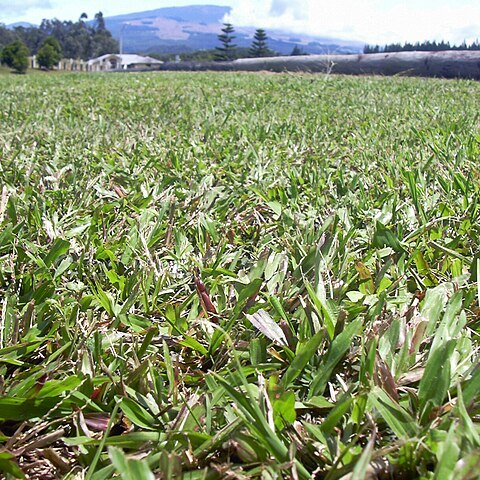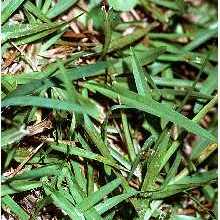Caespitose or stoloniferous perennials, rarely annuals. Leaf-blades flat to involute; ligule short, membranous. Inflorescence composed of 2-many slender racemes, these digitate or borne upon a short common axis, rarely solitary; rhachis triquetrous, glabrous to villous, bearing single spikelets, their lower lemma adaxial. Spikelets lanceolate to oblong, dorsally compressed, small; lower glume absent; upper glume membranous, as long as the spikelet; lower floret barren, without a palea, resembling the upper glume; upper lemma ± crustaceous, usually obtuse, the margins inrolled and clasping only the edges of the obtuse palea. Caryopsis elliptic, dorsally compressed
Spikelets solitary, sessile in two rows on one side of the 3-angled rachis, the back of the fruit turned from the rachis; first glume wanting; second glume and sterile lemma equal, often pointed beyond the fruit; fertile lemma and palea in-durate, the lemma oblong-elliptic, the margins slightly inrolled. Cespitose or stoloniferous perennials, or rarely annuals, with flat or folded, rounded or pointed blades, and few to many slender racemes, digitate or racemose on the common axis.
Spikelets 1-fld, sessile in 2 rows on a 3-angled or 3-winged rachis, forming a slender, elongate raceme; first glume none; second glume equaling the sterile lemma; fertile lemma and palea indurate, the former with narrowly inrolled margins, its back turned from the axis of the raceme; lvs obtusish; peduncles long, terminal (or also axillary), bearing 2 or 3 terminal digitate racemes, or with 1 or 2 other racemes below the summit. 100+, warm Amer.
Inflorescence of 2–many racemes, mostly subdigitate but sometimes along a central axis, the spikelets single and adaxial.
Superior glume as long as spikelet; inferior lemma similar, without a palea.
Spikelets thinly biconvex, lanceolate to oblong-elliptic.
Superior lemma crustaceous, granulose.
Inferior glume absent.


